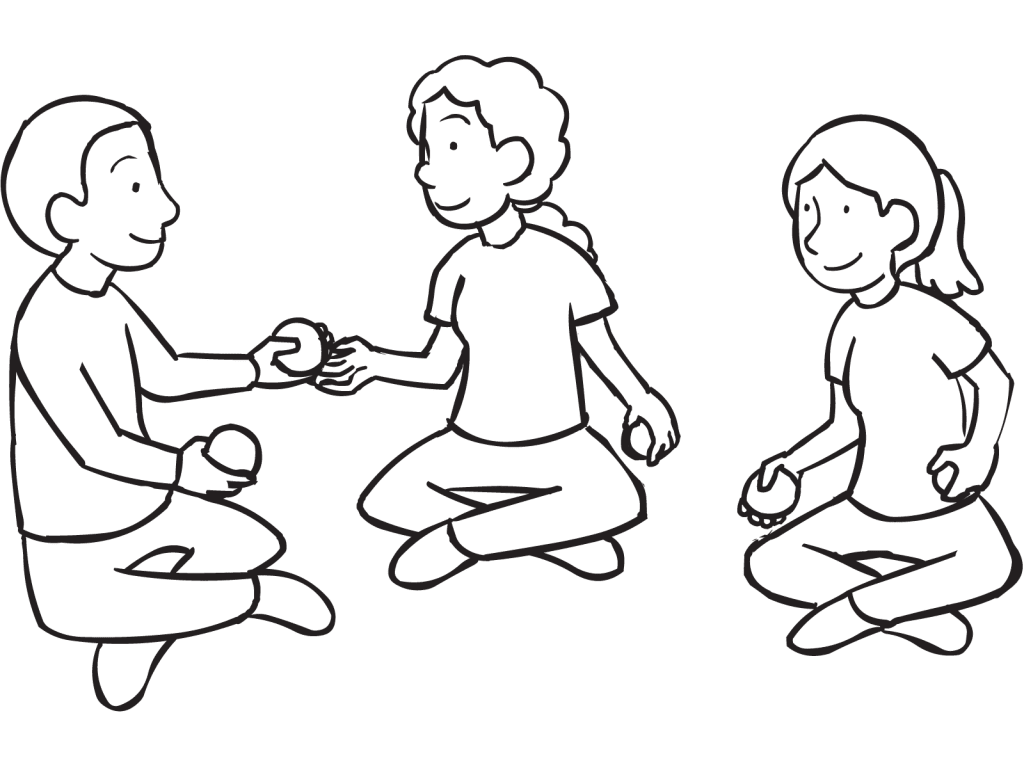Save to Playlist
Step-by-Step Instructions
Resources Premium
How To Play Narrative Premium
Practical Leadership Tips Premium
Social-Emotional Learning Premium
Health & Wellness Programming Premium
Popular Variations Premium
You Might Also Like... Premium
Useful Framing Ideas Premium
Reflection Tips & Strategies Premium
Program Templates Premium
Source Premium

No Props No Problem
Brand NEW book featuring 150+ outrageously fun group games & activities. Scan QR codes to connect to tons of digital content including video tutorials.
Add to Cart
NEW – No Props No Problem
The best-selling book featuring 150+ outrageously fun group games & activities. Scan QR codes to access exclusive digital content including video tutorials.

Free Ice-Breakers & Group Games
Ten of the best no-prop, interactive ‘get-to-know-you’ games & activities. 100% fun, your group will love ’em. Our most successful giveaway, 10,000+ downloads so far…
Top Ten Icebreakers & Group Games
Download our free 28-page ebook jam-packed with outrageously fun activity ideas.
Just one more question:
I am interested in…
Choose a plan that’s right for you
We offer a range of membership plans with no surprises.
Click an option below & discover our simple pricing.

Individual
Click here if you’re a:
- Teacher
- Corporate trainer
- Outdoor educator
- Camp leader
- Youth leader
- Conference organiser
- Therapist/counsellor
Membership Plans

Enterprise
Click here if you represent a:
- School
- Corporation
- Community-based Organisation
Explore plans for
10, 50, 200 or more
potential users
Membership Plans






Mark, I love this problem. I can see that the items you select for the categories could be half the fun … stuffed animals, something significant to the group … love the possibilities.
just thinking through the option of using cards … could you even go for pair based on numeric value? I envision laying out 5 pairs of playing cards face down in the middle of their circle, number off the players 1 (ace) through 5, then ask each to draw 2 cards. So random … and what if they draw one of the cards they are assigned … given the rules of play … could be interesting dynamic. can’t wait to play.
Any thoughts on how this could be played virtually?
Hey Jennifer, great ideas to mix up the objects for this initiative. If you test out your playing card idea, let us know how it goes. Re virtual, I think using Jamboard or Padlet to simultaneously move objects on the screen could work. To this end, you’d have to set up 5 separate circles as your background slide, and then create 2 small objects for each person (total of 10) in the centre. Then play as usual, but obviously, all movements will be via manipulating the objects on one’s screen. Could work?